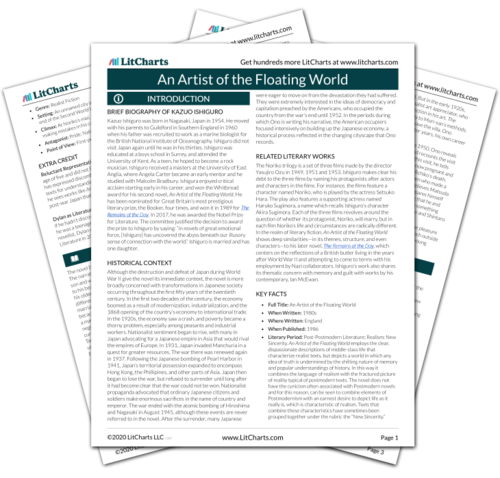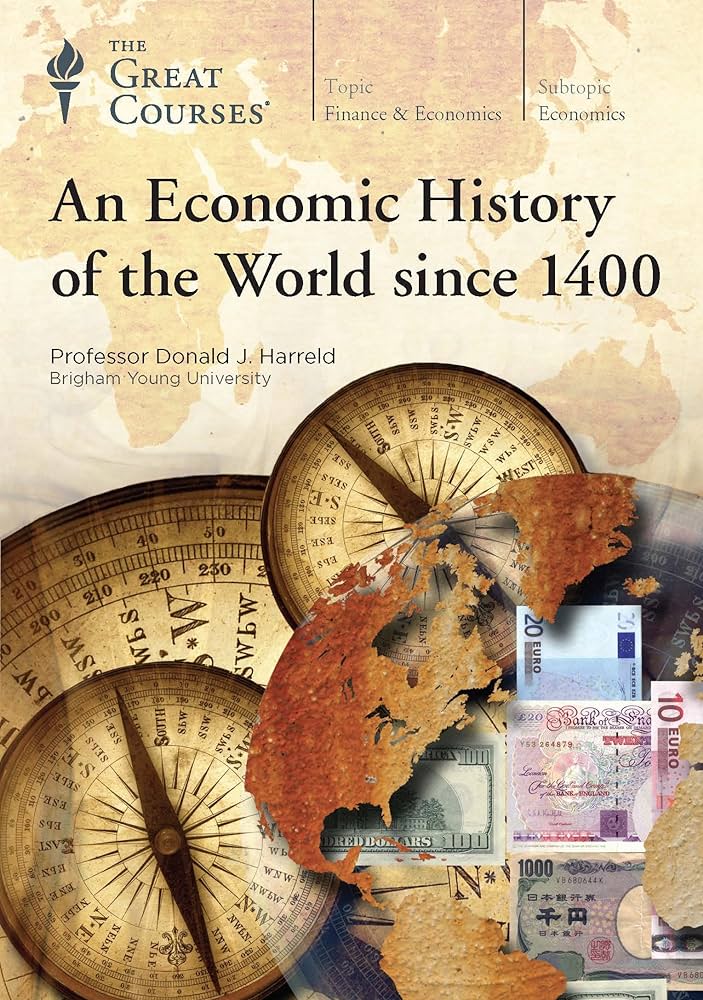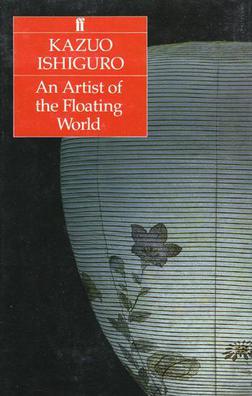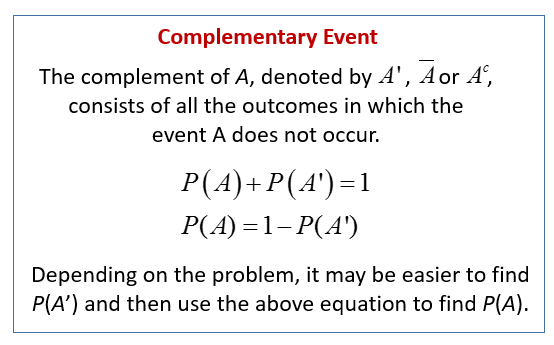Summary Of An Artist Of The Floating World
An Artist of the Floating World is a novel by Nobel Prize-winning Japanese novelist Kazuo Ishiguro. Published in 1986, it tells the story of Masuji Ono, an aging artist living in post-World War II Japan who is coming to terms with his role in the war. Ono is a retired painter who is trying to reconcile his past with his present, and the novel documents his attempts to do so. It is a story of regret, guilt, and the consequences of one’s actions. The novel is also an exploration of traditional Japanese culture in a rapidly modernizing society and the role of art in the process. The novel is widely considered to be one of Ishiguro’s best works, and it has been translated into numerous languages.
Overview of the Novel
“An Artist of the Floating World”, written by Nobel Laureate Kazuo Ishiguro, is an acclaimed novel that follows the life of Masuji Ono, a retired painter in post-WWII Japan. Ono reflects on his life and the choices he made during a turbulent period of Japanese history. Throughout the novel, Ono struggles to come to terms with the effects of his actions upon his beloved homeland.
The novel explores the life of a man torn between the traditional values of the past and the rapidly changing world of modern Japan. Ono is a complex character, with both good and bad traits, and Ishiguro skilfully reveals his innermost thoughts and emotions. Ono’s struggles with his changing identity and his relationships with his family and friends are explored with insight and sensitivity.
The novel is a powerful and moving exploration of the human condition, and its themes of guilt, regret and redemption remain relevant today. It is a beautiful and heartbreaking story of a man who has made mistakes but is determined to come to terms with them and move on. It is a timeless classic that will remain relevant for generations to come.
Setting and Characters
Kazuo Ishiguro’s An Artist of the Floating World is a captivating novel set in post-WWII Japan. It follows the story of Masuji Ono, an aging artist who looks back on his life and the choices he’s made. Ono’s memories of his past, and the regrets he expresses, are paralleled by the lives of his family, friends, and the changing political landscape of Japan.
The novel delves into the complex characters of Ono and his family. Ono himself is a complex figure, with a strong sense of honor and duty, yet also a man who has made mistakes and done things he regrets. Ono’s daughter, Noriko, is also a strong character, with her own ambitions and struggles. Other characters include Ono’s wife, Shizuko, his son, Shoji, and his friend, Iwata.
The novel’s setting is also important to the story. Set in post-WWII Japan, Ishiguro looks at the changing landscape of the country, both literally and figuratively. The political climate is ever-present and Ishiguro weaves it into the story seamlessly.
Ishiguro’s An Artist of the Floating World is a powerful and thought-provoking novel. Its characters, setting, and themes are all important elements of the story and make it a masterpiece of literature.
Plot Summary
Kazuo Ishiguro’s acclaimed novel An Artist of the Floating World is a story of memory, regret, and the consequences of choices made during a tumultuous period of history. Set in post-WWII Japan, the narrative follows Masuji Ono, an elderly artist reflecting on his past. As Ono looks back on his life, he must grapple with the choices he made during the war and how they have shaped his life and reputation. Through Ono’s journey of self-reflection, Ishiguro examines the nature of identity, truth, and regret in a rapidly changing world.
The novel begins with Ono reflecting on his past life, both before and during the war. He remembers his rise to fame as a renowned artist, and how his work was influenced by the nationalist ideals of the times. As he looks back, he is forced to confront his decisions during the war and the consequences of those choices. He is also forced to confront the way his actions have influenced his reputation in the present day.
Ono’s journey of self-reflection is interwoven with the stories of those around him. We are introduced to his daughter Noriko, who is struggling to come to terms with her father’s past actions, and to the other people in Ono’s life who are affected by his choices. Through their stories, Ishiguro provides a broader perspective on the consequences of war and how the choices we make can shape our lives and the lives of those around us.
An Artist of the Floating World is a powerful exploration of memory, identity, and regret. Through his characters, Ishiguro examines the consequences of war and of our choices, and asks the reader to consider the impact our actions have on ourselves and on those around us. Through Ono’s journey of self-reflection, Ishiguro creates a thoughtful and moving portrait of a man struggling to find peace and acceptance in a rapidly changing world.

Themes and Motifs
Set in post-war Japan, Kazuo Ishiguro’s “An Artist of the Floating World” is a powerful exploration of themes and motifs such as memory, loyalty, and identity. Through the story of Masuji Ono, a once-respected artist and patriarch of a family, Ishiguro paints a vivid picture of the shifting cultural landscape of Japan in the aftermath of World War II. Ono is an unwilling witness to the transformation of his culture and the loss of a way of life he loved and dedicated his life to. Ishiguro’s novel explores themes of guilt, shame, and responsibility, as Ono reflects on his past and the consequences of his actions. The novel also examines the theme of loyalty and how it can be tested in times of great change. Ishiguro’s powerful writing and moving story make “An Artist of the Floating World” an unforgettable exploration of the human struggle to adapt in a rapidly changing world.
Reception and Legacy
Kazuo Ishiguro’s An Artist of the Floating World is considered a classic of post-World War II literature. The novel follows the story of an aging Japanese painter, Masuji Ono, who reflects on his life and his involvement in Japan’s imperial past. Ono is a complex character, and his reflections on his life are both painful and hopeful.
Since its publication in 1986, An Artist of the Floating World has received widespread critical acclaim. The novel was nominated for the 1986 Booker Prize and was named a 1989 Los Angeles Times Book Prize finalist. Ishiguro’s writing has been praised for its subtlety and complexity, and some critics have noted the novel’s universal themes of guilt and redemption.
The novel has also had a lasting influence on literature and culture. Several of the novel’s themes and ideas have been explored in other works of fiction, and its themes of guilt and redemption have been echoed in other books and films. An Artist of the Floating World is an important work of post-war literature and its legacy is still being explored today.
Analysis and Criticism
An Artist of the Floating World is a complex novel by Nobel Laureate Kazuo Ishiguro. It tells the story of Masuji Ono, a retired painter living in post-war Japan. The novel looks at the impact of World War II on the Japanese culture through Masuji’s eyes, and how his life and art were affected by the events of the war. Ishiguro examines the themes of guilt, regret, memory, and personal responsibility. By examining Masuji’s struggles, Ishiguro creates a powerful and thought-provoking narrative about the human experience.
The novel is structured in two parts, with the first part focusing on Masuji’s past and his involvement in the war. He reflects on his days as a painter, and his relationships with his family and colleagues. As he looks back on his life, he begins to question his actions during the war and the choices he made. In the second part of the novel, Masuji must come to terms with the past and try to move forward in his life. He deals with his guilt and regret, and decides whether he should honor his past or move away from it.
Ishiguro creates a complex and nuanced portrait of Masuji’s life, and the impact of the war on his identity. Through Masuji’s point of view, Ishiguro conveys the difficulty of understanding one’s own actions and the consequences of war. By examining the themes of guilt, memory, and personal responsibility, Ishiguro creates a powerful and thought-provoking narrative about the human experience.
FAQs About the Summary Of An Artist Of The Floating World
1. What is the plot of An Artist of the Floating World?
Answer: An Artist of the Floating World is a novel by Nobel laureate Kazuo Ishiguro. The novel tells the story of Masuji Ono, an aging painter in post-war Japan who looks back on his life and the changes in his country since the end of World War II.
2. What themes are explored in An Artist of the Floating World?
Answer: The novel explores themes of guilt, regret, and the consequences of choices made in life. It also examines the transition from a traditional to a modern society, as well as the effects of war on the lives of those affected by it.
3. How does the title An Artist of the Floating World relate to the story?
Answer: The title is a reference to the Japanese term “ukiyo-e” which is a type of woodblock print art. In the novel, Masuji Ono was once an acclaimed ukiyo-e artist, and the title of the book reflects his past and how it affects his present.
Conclusion
The novel An Artist of the Floating World by Kazuo Ishiguro is a powerful and thought-provoking story of a man’s struggle to come to terms with his past and his place in the world. Through the life of the protagonist, Masuji Ono, Ishiguro explores the complexity of human nature and the power of memory. Ono’s journey is a powerful reminder of the importance of self-reflection and the need to reconcile one’s past with one’s present. The novel’s themes of guilt, regret, and the search for redemption are universal and timeless, making An Artist of the Floating World an essential read for anyone looking to explore the complexities of the human experience.




